One of the more popular private corporate events we host at The Chopping Block is a team building activity called Iron Chef competitive cooking. Each team gets two different proteins and a mystery bowl of vegetables to work with. The group I was leading received kohlrabi as vegetable choice. They decided to shred it and use it in place of cabbage for a version of cole slaw. It was a brilliant idea and of course, this particular team won that evening's competition. It inspired me to use this underutilized vegetable.
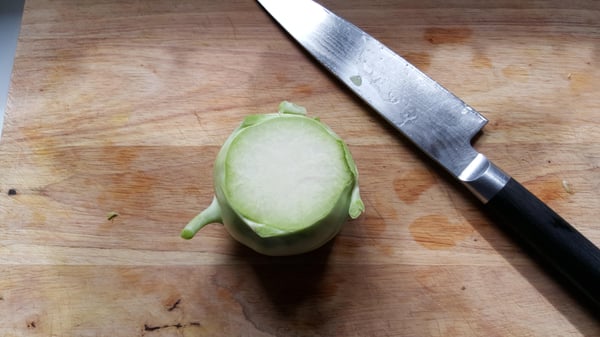
Kohlrabi is a member of the Brassica oleracea family that also includes cabbage, broccoli, cauliflower, kale, Brussels sprouts, collard greens, and many others. Actually the “kohl” part of the word means cabbage and “rabi” means turnip which is an excellent way of thinking about its raw flavor. Most members of this family of vegetables are known to have a bit of bitter flavor, but in the case of kohlrabi it is matched with a sweetness that is reminiscent of a turnip. As with most members of this family of vegetables, they are nutritionally dense with vitamins A and C, potassium, calcium and an excellent source of fiber.
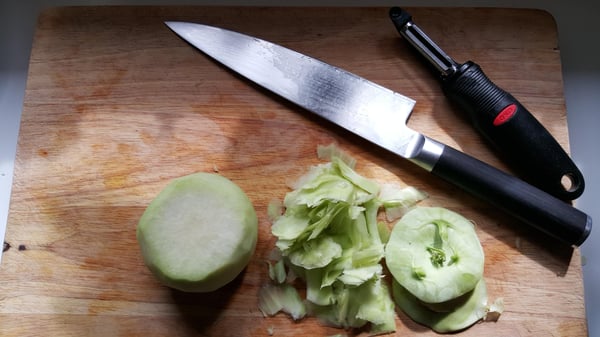
It is thought that the reason that kohlrabi isn’t as popular as other members of its family is because it is a little different looking. Though in Germany and other countries that make up Eastern Europe it is often found and utilized. Not only is the bulb of the plant deliciously edible, but the leaves are quite tasty and can be cooked just like Swiss chard.
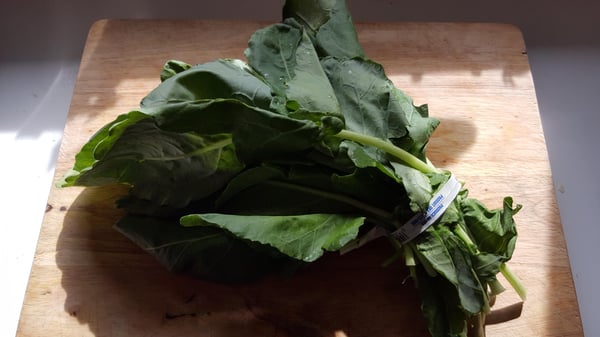
Today I am making a side dish that utilizes this vegetable in a raw state, but it is also delicious sautéed, roasted, or mashed.
I was barbequing some St. Louis style ribs, and I knew this was a perfect opportunity to make my own version of kohlrabi cole slaw.
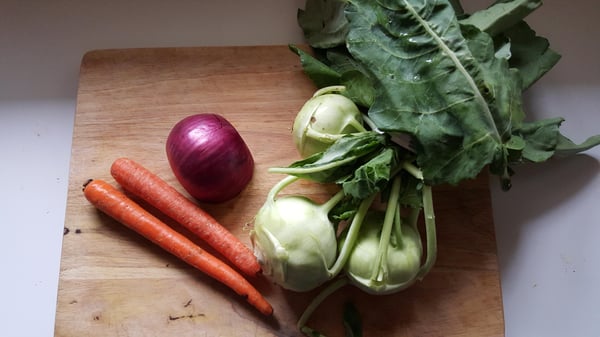
Chef Ron’s Kohlrabi Cole Slaw
1 bunch of kohlrabi, in this case three
2 carrots, peeled
½ red onion, outside removed as well as the core
½ cup of roasted garlic aioli (recipe follows)
4 tablespoons of pure cane sugar
2 tablespoons of apple cider vinegar
1 teaspoon celery seed
¼ teaspoon dried dill
Salt and fresh ground pepper to taste
Remove the stems and leaves from the kohlrabi and reserve for a future use. Using a peeler, peel the outside off. Equip a food processor with its shredding disk. In this case, mine is listed as medium disk. Shred the kohlrabi, carrots, and onions. The food processor makes this process very quick and efficient. If you do not have a food processor, using a hand shredder works as well. Not sure when to break out your food processor? Download our free comparison of food processors, blenders and immersion blenders.
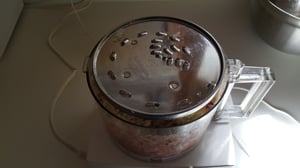
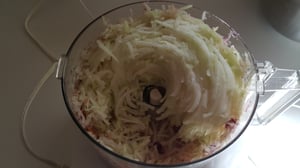
In a separate bowl, combine the aioli, sugar, vinegar, celery seed, and dill and mix well. Add the shredded vegetables and blend thoroughly. Allow the flavors to marry for 20-30 minutes and then adjust the seasoning with salt and pepper. It is ready to eat then or should be refrigerated until ready to use.
From Asparagus to Zucchini: A Guide to Farm-fresh, Seasonal Produce. Madison, WI: Madison Area Community Supported Agriculture Coalition, 2003. Print. page 94
This recipe for Roasted Garlic Aioli comes from The Chopping Block's grilling class: Mix and Mingle Appetizer Party.
Roasted Garlic Aioli
Yield: 1 1/4 cups
Active time: 15 minutes
Start to finish: 1 hour, 15 minutes
For the roasted garlic:
1 head garlic
1 teaspoon extra virgin olive oil
For the aioli:
4 cloves roasted garlic
1 egg yolk
1 tablespoon Dijon mustard
2 tablespoons sherry vinegar
¾ cup grapeseed oil
¼ cup extra virgin olive oil
Salt and pepper to taste
Preheat the oven to 325°.
To prepare the roasted garlic, cut about 1/2 inch off the top of the head of garlic to expose the cloves. Do not separate the cloves. Place on a sheet of foil and drizzle with 1 teaspoon olive oil.
Seal the head up in the foil, and roast until the cloves are soft and caramel color, 45 minutes to 1 hour. Allow to cool.
To prepare the aioli, combine four of your roasted garlic cloves, egg yolk, mustard and sherry vinegar in the bowl of the food processor and pulse several times to mix.
Start the machine, and add the oils in a very slow, thin stream. If making the aioli by hand, add the oil in a thin stream while whisking vigorously. Before all oil is added, periodically stop the machine to check the consistency to be sure it is not too thick.
Season with salt and pepper to taste.
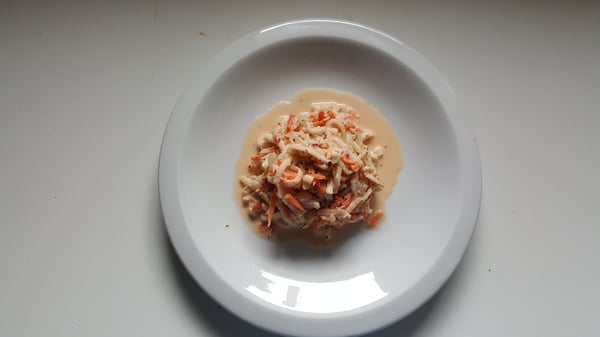
More more kholrabi ideas, check out The Chopping Block's Owner/Chef Shelley Young's video on working with this vegetable.
Want more how to cook videos? Visit our online video library.












